Painting with gold
Artists' Techniques
Gold paint enriches many draperies, where it is shaded in pink with an organic colourant and sometimes in blue with indigo.
Gold highlighting in the 'camaïeu d'or' technique has been used for blue and pink drapery folds and for other details.
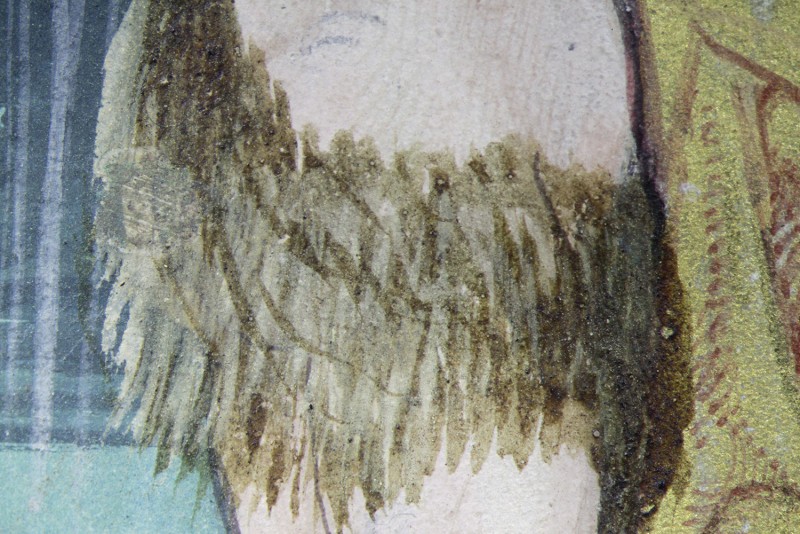
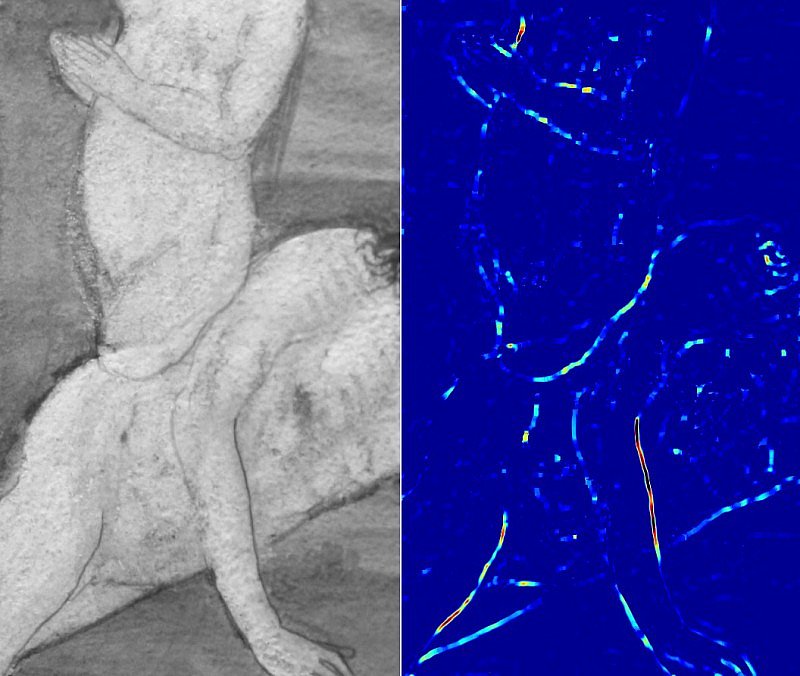
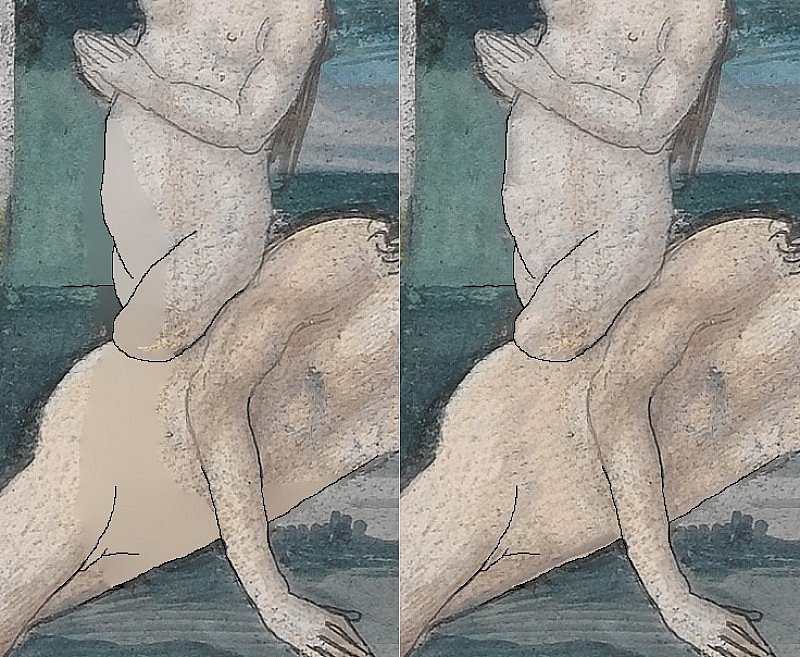
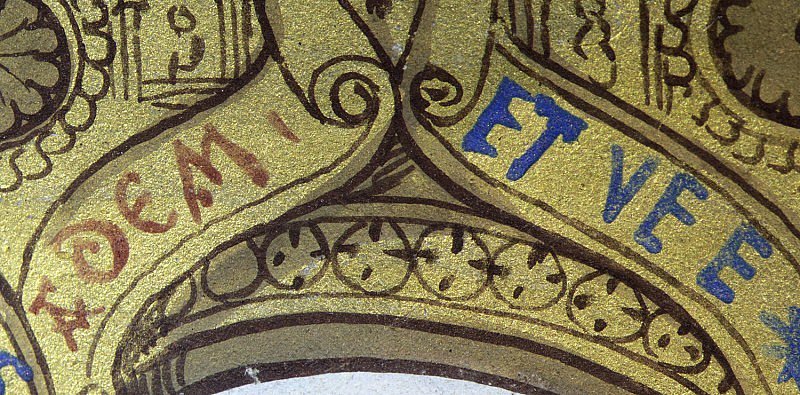
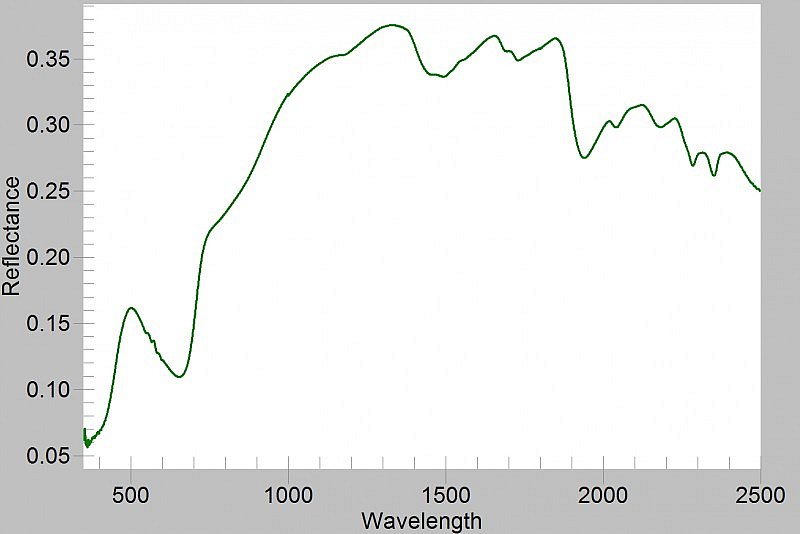
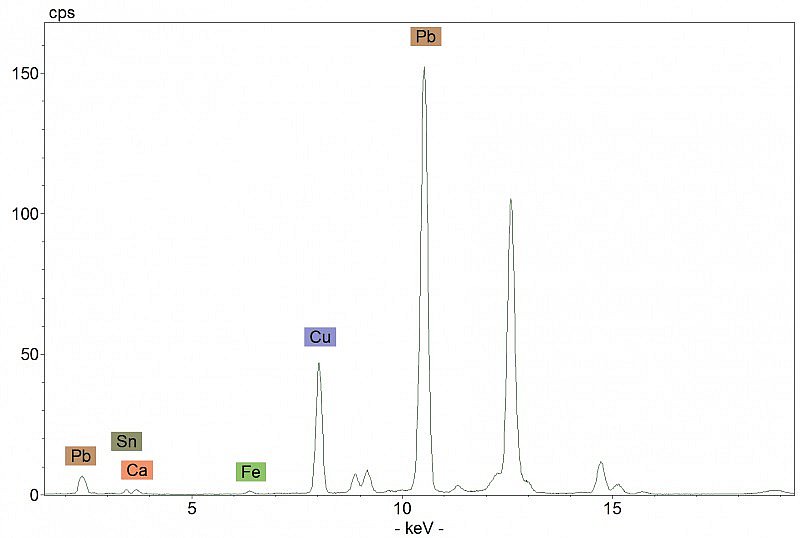
God creating sun, moon and stars; God creating Adam and Eve; God instructing Adam and Eve
At the request of a post-medieval owner who was offended by their nudity, the images of Adam and Eve on this page were overpainted to conceal the couple’s nakedness; Eve acquired a veil and Adam a skirt (hotspot 1). Using virtual ‘image restoration’ based on Partial Differential Equations (PDEs), it has been possible to create mathematical reconstructions of the scenes and to digitally ‘restore’ the figures to their original state (hotspot 2 and ‘Virtual restoration’ layer).
This is one of the pages where the artist used the unusual pigment known as ‘artificial orpiment’, mixed with lead-tin yellow in feathers of the bird in the upper border.
